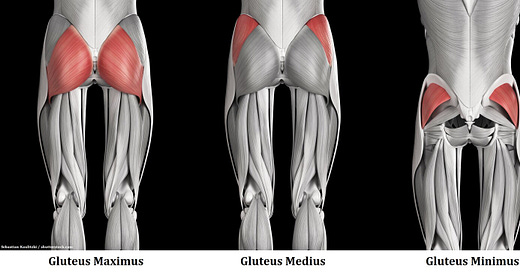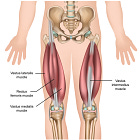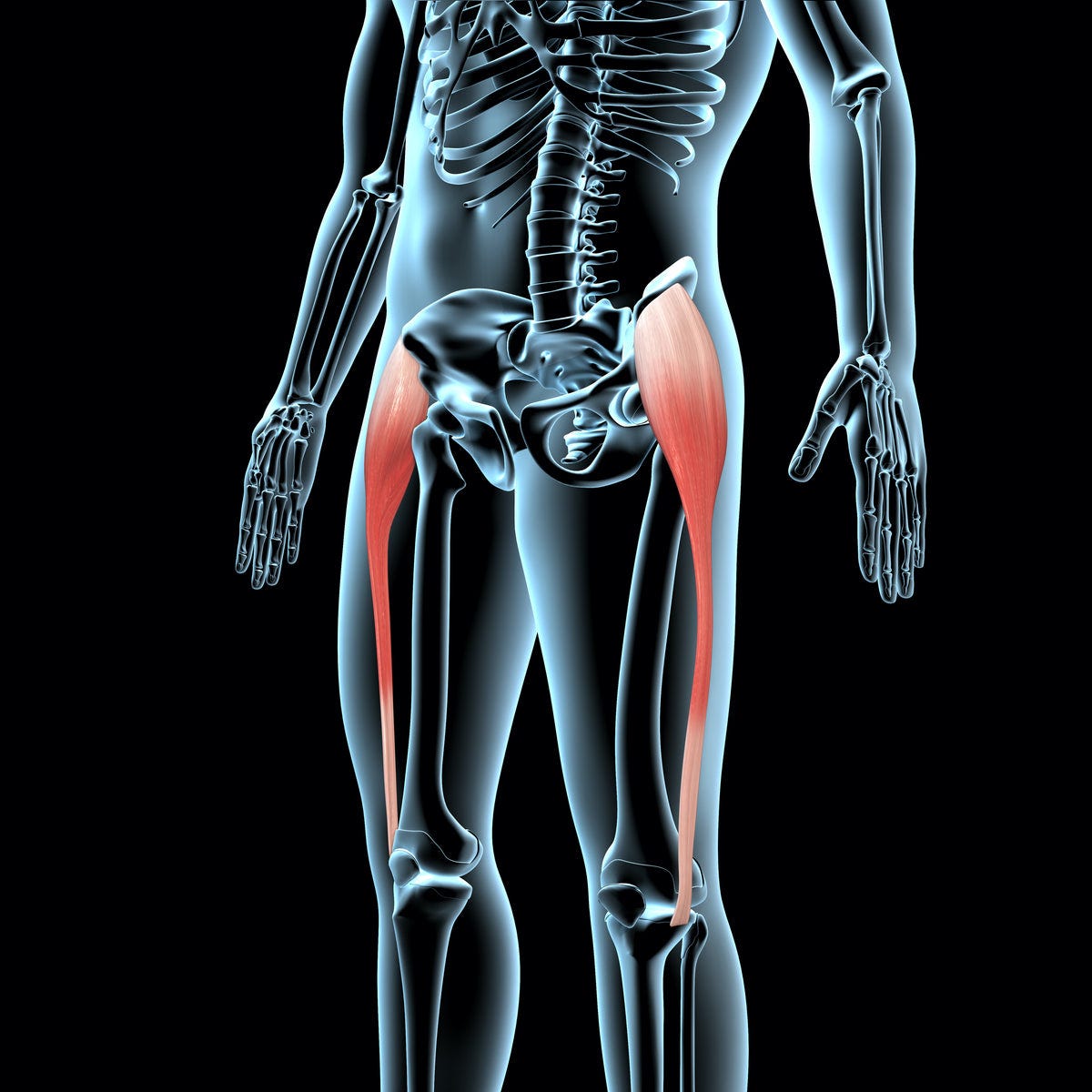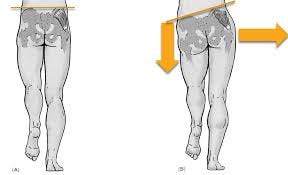Welcome to the first ‘Muscle Monday’ of 2025. I hope you all had a lovely festive period. This week, we will overview the glutes, which sit above the hamstrings and on the opposite side to the quads. If you haven’t had a chance to catch the previous edition, which looked at the quads, take a look below.
In 2025, I aim to increase my Substack subscriber count to 500. I write these articles in my spare time, alongside my Instagram content, when I am not training clients 1-1 in person. Any help in sharing or subscribing is greatly appreciated! Reminder, it is FREE!
A reminder:
You can get 10% off your Awesome supplements by using the code ‘EZEP’ at checkout.
Muscles of the glutes
The gluteal muscles, popularly referred to as the ‘glutes’, are the muscles in your backside or buttocks. There are three main ‘glute’ muscles and I’ll also outline two bonus muscles. The majority of this article will focus on the ‘main’ three.
The gluteus maximus is the largest and heaviest muscle in the body, and probably the best known muscle in the glutes. It is also the most superficial of the glute muscles, meaning that it is the closest to the skin. It covers the majority of the buttock area, and helps determine the general shape of the glutes.
The gluteus medius is a fan-shaped muscle on the lateral (outside) aspect of the buttock area. It is smaller than the gluteus maximus, and the top third of the muscle is a rare segment of the buttocks which is not covered by the maximus.
The gluteus minimus is the smallest and deepest of the three main gluteal muscles. It lies beneath, and generally acts in co-operation with, the gluteus medius.
The Tensor Fascia Latae (TFL) is a bonus muscle. It works with the aforementioned glute muscles to aid with certain hip movements. It is more to the outside of the thigh and can be more than 15cm in length. A picture of the TFL can be seen below.
The piriformis is the second bonus muscle. Also located in the buttock area, it runs almost horizontally across the glute area, and can be used to ‘divide’ the buttock into superior (higher) and inferior (lower) portions. Importantly, it also has a close relationship with the sciatic nerve.
Function of the gluteal muscles
As a group of muscles, the glutes act primarily on the hips and femur. They are also largely responsible for locomotion. Due to this, glutes are particularly well-developed in sprinters, or those who train to develop power and explosive strength horizontally. For a detailed breakdown of function and actions of each muscle, see below.
The gluteus maximus
The largest muscle in the human body is also our most powerful hip extensor. Just to quickly recap, hip extension refers to the increase in the angle of the hip joint, which can be achieved by: Standing straight but stretching your leg out behind you, or lying prone on the floor and lifting your thigh off the floor.
It is also responsible for hip abduction (abduction means to ‘take away’ from the midline, and therefore refers to lifting the leg out to the side), and lateral/external hip rotation (rotating away from the midline).
Due to its size and function, the glute max is vital for a whole host of daily actions, sometimes referred to as activities of daily living (ADLs). These include, but are not limited to: climbing steps or stairs, running, sprinting, and maintaining correct posture.
The gluteus medius and minimus
The glute medius and minimus are primarily responsible for hip abduction and stabilisation. They also aid medial/internal hip rotation (rotating towards the midline).
The glute medius and minimus are also vital for correct gait or walking patterns, especially during a single-leg stance. If these muscles are weak, the hip can ‘drop’ when one leg is taken off the floor in the gait cycle. This leads to a phenomenon called ‘Trendelenberg Gait’, which can be seen in the image below, to the right of the picture.
Unique conditions (Besides strains and tears)
Piriformis syndrome
Remember how I said that the piriformis had a close relationship with the sciatic nerve? If the piriformis becomes particularly tight, weak, or unhappy, it can compress the sciatic nerve, sending pain from the hip, lower back and buttock region down the leg sometimes leading to numbness and paraesthesia.
Gluteal amnesia
This is also known as a glute medius tendinopathy, and results in a feeling of numbness in the buttock. Hence, the more common name: ‘Dead bottom syndrome’. This can be caused by prolonged sitting, and eased with regular breaks of standing or short bursts of movement.
Strengthening the gluteal muscles
It is fairly straightforward to strengthen the glute muscles, given that we now know their primary roles and actions. Any exercise which replicates stepping up, sprinting, hip abduction, or single-leg stance, can help strengthen the glutes. See below for a few ideas.
Hip thrusts are a great exercise. Be sure to hold and squeeze the glutes at the top of the movement.
Bulgarian split squats perfectly replicate the single-leg push action required for strengthening the glutes. Be careful to keep the hips level.
Any deadlift variation is great for the entire posterior chain, including the glutes.
Reverse lunges, particularly with a heavy weight, are a solid glute-centric movement. However, forward lunges are more quad-dominant.
Sled pushes are a great way to train the glutes, although require equipment that not all gyms may have.
Certain exercises for the glutes may be better served as either rehabilitation or activation, rather than main exercises and include:
Clamshells
Crab walks
Glute bridges
Donkey kicks
Finally…I saw a piece of trivia recently that mentioned 95% of people over the age of 30 never sprint again in their life. If we all sprinted even just for 60s total, just once a week, our hips and glutes would surely thank us for it. Stick the treadmill on high and go for it, even if just 5x10s.
Thank you so much for reading all the way through. I’ve linked my Insta account below if you fancy any further content. This week has seen huge growth in my Substack, and this is due to people like you. Thanks again and see you next week!








I enjoy reading these and I love the pics. What I would love is to have some additional pics on the exercises (gift showing the movement would be awesome) and maybe just add a few more sentences explore the whys a particular muscle could feel sore or painful oe tight and exercises and what could be done to help with that! Much appreciated 🙏
I strained my right gluteus medius last week, and it was difficult moving from a seated to a standing position. However, I cannot say it was a pain in the ass.